“Figuring” art through elements of nature at National Gallery Singapore’s Figuring a Scene
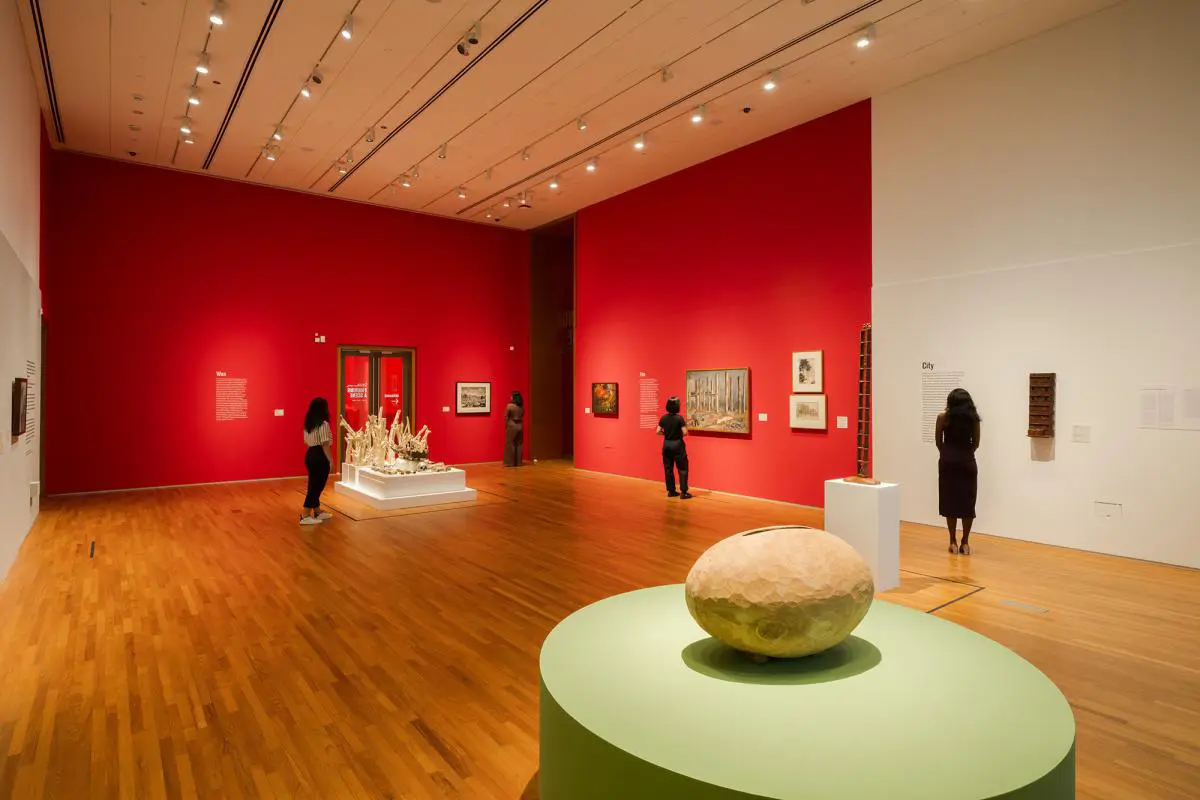
Singapore, 5 April 2024 – How do you understand and make sense of artworks? Dr. Patrick Flores, Deputy Director of Curatorial and Research at National Gallery Singapore suggests that elements from nature can lend meaning by animating social forms and shaping each viewer’s unique understanding of artworks. This inquiry is explored in National Gallery Singapore’s upcoming exhibition, Figuring a Scene, which opens from 5 April to 1 December 2024.
Housed in Dalam Southeast Asia – the Gallery’s first-ever experimental project space advocating for the lesser-known narratives and the recalibration of the typical collections-based long-term display – Dr. Flores presents artworks in six episodes, trying out a curatorial approach that departs from the loose chronological order of the UOB Southeast Asia Gallery.
Each section is based on a natural element perceived in the artwork, inviting visitors to consider how elements of nature can draw out different interpretations based on each 2 individual’s situation, knowledge and lived experiences. These elements are commonplace, and usually taken for granted, resulting in the need for them to be re-experienced in the context of an exhibition and the life of art forms. The episodes can be viewed collectively or independently. When viewed collectively, visitors may uncover links between the exhibition materials across the different episodes.
Dr. Flores says, “National Gallery Singapore is constantly pushing its limits on how exhibitions are curatorially presented to provide visitors with an unparalleled experience with a unique Southeast Asian perspective. As I worked on my first exhibition for the Gallery, it was important that I continue to advance the Gallery’s vision. Figuring a Scene diverges from the largely linear method of storytelling seen in the UOB Southeast Asia Gallery to encourage fresh perspectives on viewing, understanding and appreciating Southeast Asian artworks and materials. We hope that the exhibition will evoke curiosity on the process of creating forms and how sensitive materials like art become significant within specific settings.”
Episode 1: Shadow - Examining the discourse between nature and technology
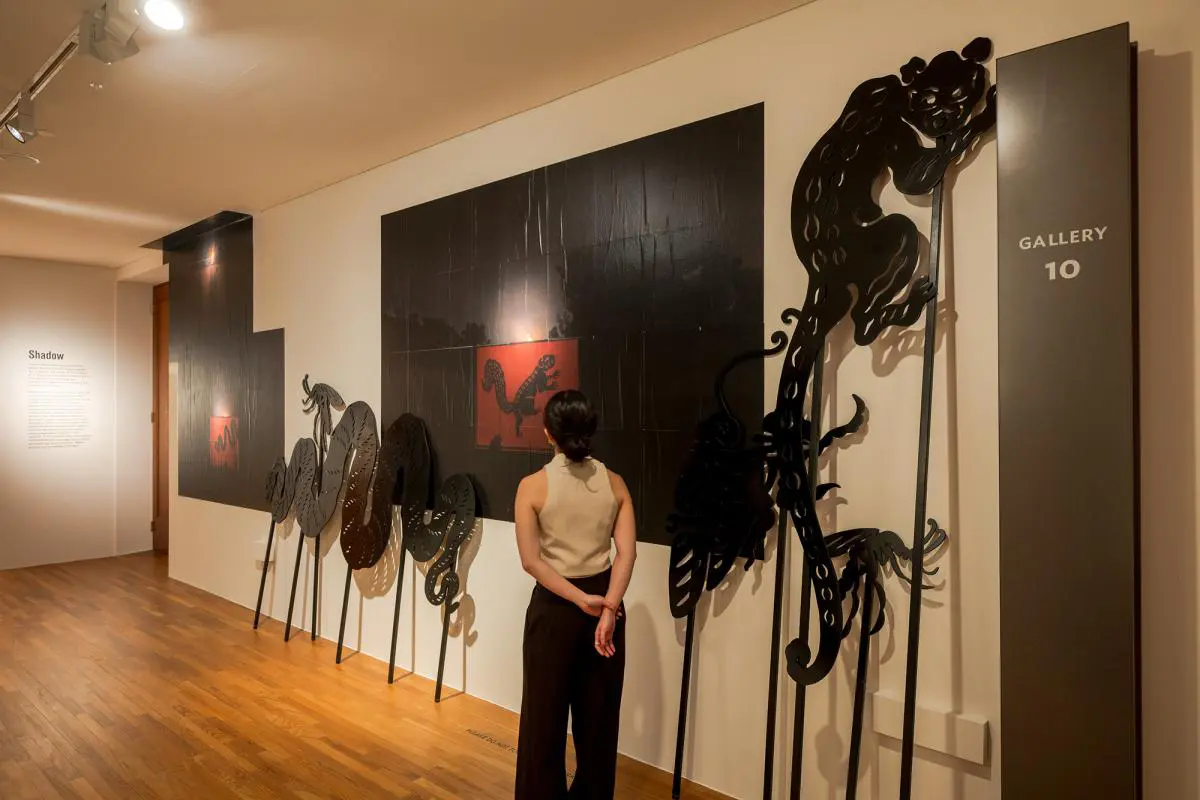
The exhibition opens with an artwork born from activism. Malaysian artist Sharon Chin’s Creatures on the Move (In the Death of Night) is a commission piece featuring animal placards used in Chin’s street protests for climate justice. The artwork reflects the global ecological crisis and the artist’s experience when an oil refinery was built in Port Dickson near her home. Using placards, Chin casts the shadows of the animals found in her garden against the 3 background of the oil refinery to stage the discourse between national development and ecological preservation.
Episode 2: Fruit - Southeast Asia’s culture as told through depictions of durian
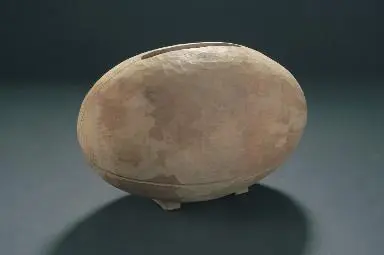
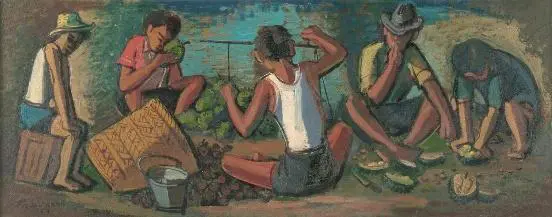
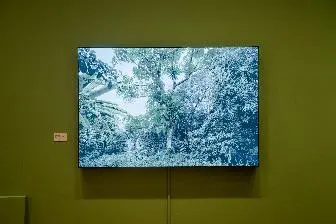
Synonymous with Southeast Asia, the region’s native fruit is even dubbed the “national fruit” of Singapore. In this episode, visitors are encouraged to explore the cultural identity of the region through different portrayals of the King of Fruits – in the form of sculpture, painting and photography and reflect on how it was fabled in colonial times to become an iconic part of Singapore’s national identity. Anusapati’s Single Object is sculpted from a durian tree and alludes to the kentongan, a Javanese musical instrument. Southeast Asian visitors would likely recognise the scene painted in Liu Kang’s Durian Vendor which is reminiscent of the markets where the fruit is being prepared and sold. Robert Zhao Renhui photographed what is believed to be one of the older durian trees in the Bukit Panjang where it stands in a forest of what used to be a kampung before its evacuation in the 1980s.
Episode 3: Fire - Singapore’s national development tracked in paintings
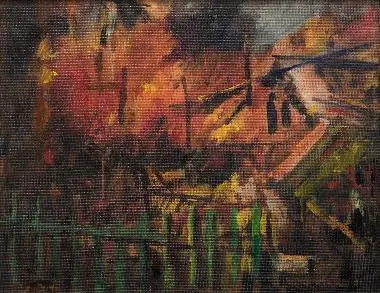
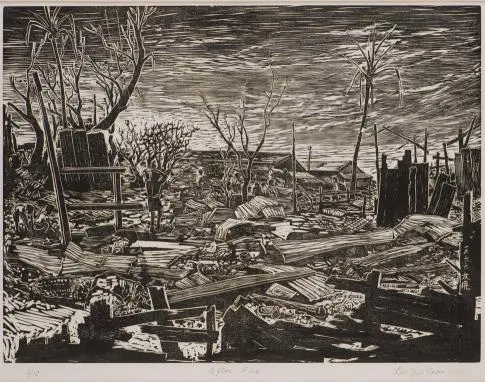
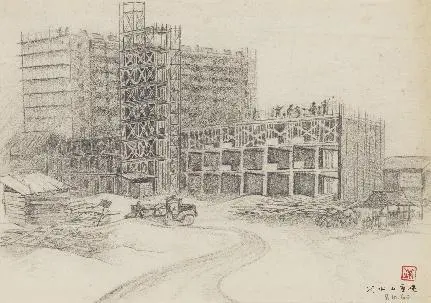
The Bukit Ho Swee fire on 25 May 1961 is one of the biggest fires in Singapore’s history and, retrospectively, resulted in the destruction that prompted the country’s first big step towards national development through public housing. This episode centres on the imagery of fires in Malaya and independent Singapore to draw recollections of the monumental change in their growth through a series of five works by local artists Tan Choo Kuan, Lim Yew Kuan, Lim Hak Tai and Liu Kang.
Episode 4: Air - Different ways to present an invisible element
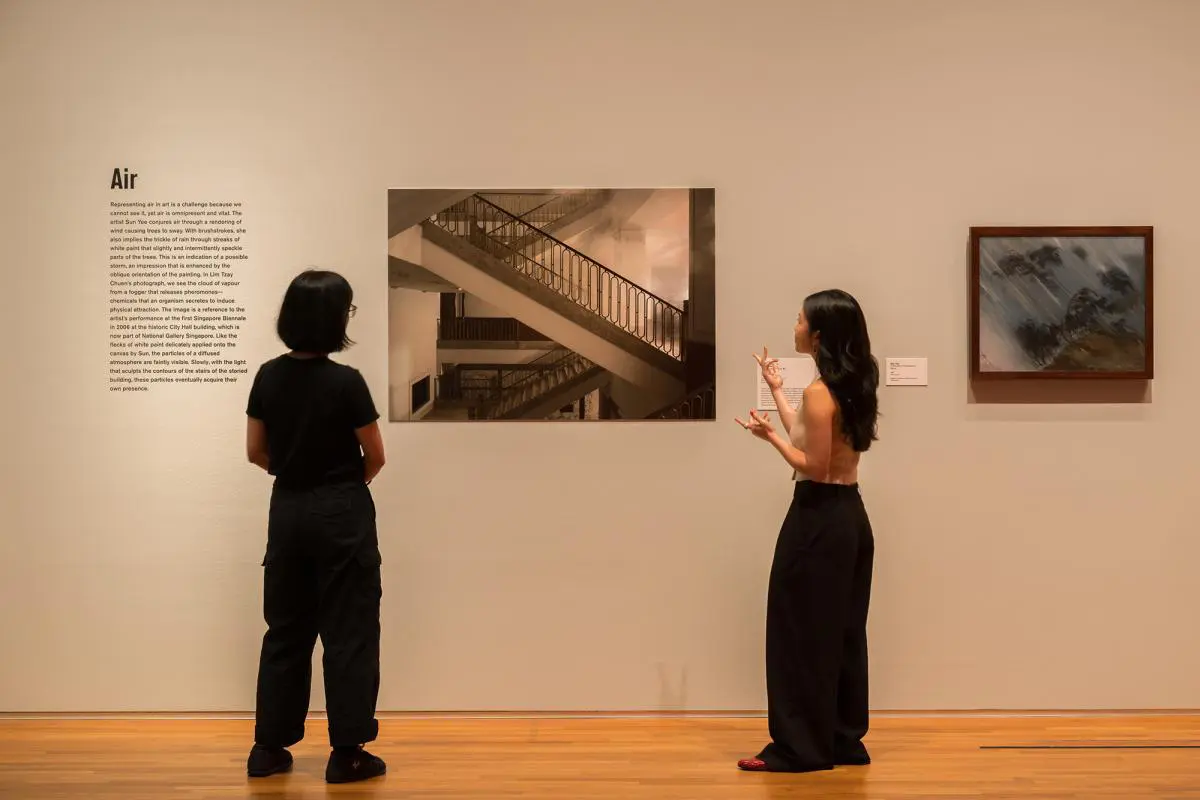
Air, although omnipresent, is naked to the human eye, and the intangible nature of air makes it easy for us to overlook its presence in our everyday lives. Artists Lim Tzay Chuen and Sun Yee take on the challenge of visually presenting the element in a photograph and painting, respectively, by drawing on its effects on the environment and, in turn, making the element “seen”. With these artworks, viewers are encouraged to examine the visual effects that air can have to shift the mood and meaning of an artwork, and to reflect on how air is ever present but hardly signified in art.
Episode 5: Wax - Colonialism and society examined in wax sculptures
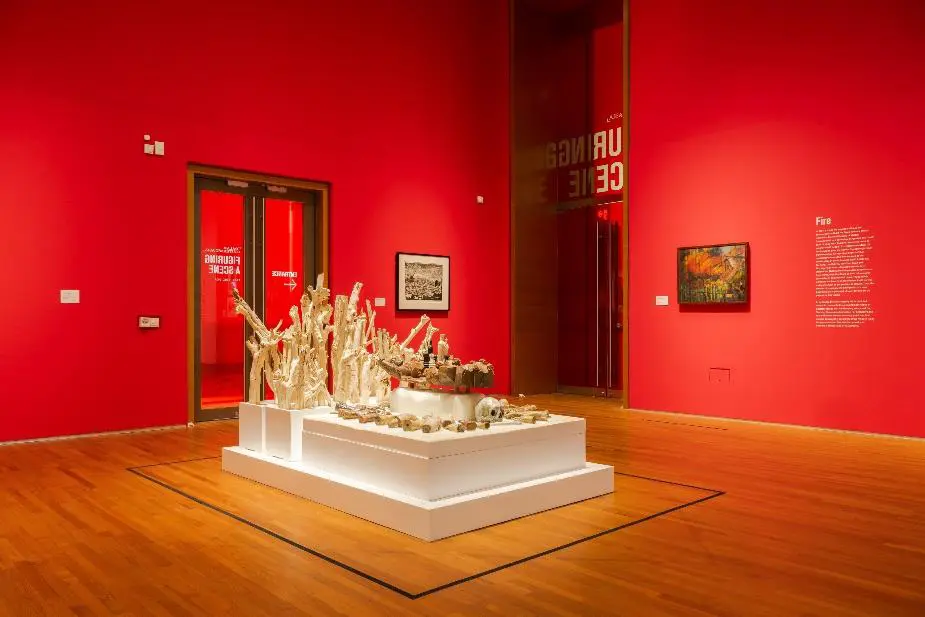
Filipino artist Renato Habulan’s assemblage, Tira, is exhibited in “Wax”. Created using driftwood, found statuary and paraffin wax, the artwork paints a scene that harks back to the colonial religion of Catholicism in Philippine culture. Within the tableau is a wooden sculpture of the transfigured Christ, which makes the artwork part-altar, part-processional carriage and part-sepulchre. Tira brings together motifs of religion, the destruction of nature and death where paraffin wax is the medium that grounds the elements together to reference the embeddedness of the religious system and its fragmentation, as well as the implications of the war in the Southern Philippines.
Episode 6: City - Defining culture in a modern city
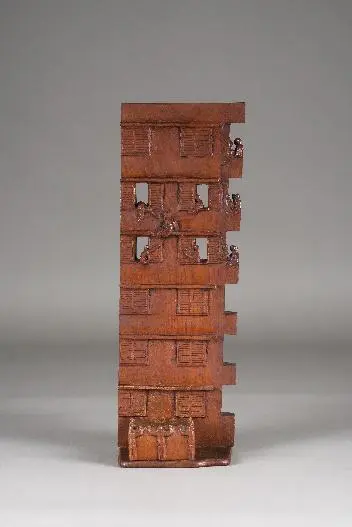
In an era of rapid development, culture may sometimes lose its place in society. “City” examines how national culture can continue to thrive in a modern city through conventional and unconventional exhibition materials. Shui Tit Sing’s Why? is a teak sculpture that calls to mind the form of Singapore’s high-rise buildings that make up the city skyline. Featuring figurines of residents falling off the building, the sculpture hints at the despair amid the thrill of change as it examines the yearning for cultural and physical well-being through art and shelter. Texts from local reports are also presented in this episode as unconventional exhibition material. Visitors can examine the texts by the Singapore Planning & Urban Research Group and the Housing & Development Board about the artworks, providing historical context that shapes the perspective and the meanings that viewers assign to the art.
Figuring a Scene runs from 5 April to 1 December 2024, at Dalam Southeast Asia, UOB Southeast Asia Gallery, National Gallery Singapore. The exhibition is free for Singaporeans and Permanent Residents. Visitors can download the free e-catalogue, The Stuff of Forms written by Dr. Flores, at nationalgallery.sg/FiguringAScene from 5 April 2024 onwards. More information can be found in the following annex, and media assets are available via this link.









